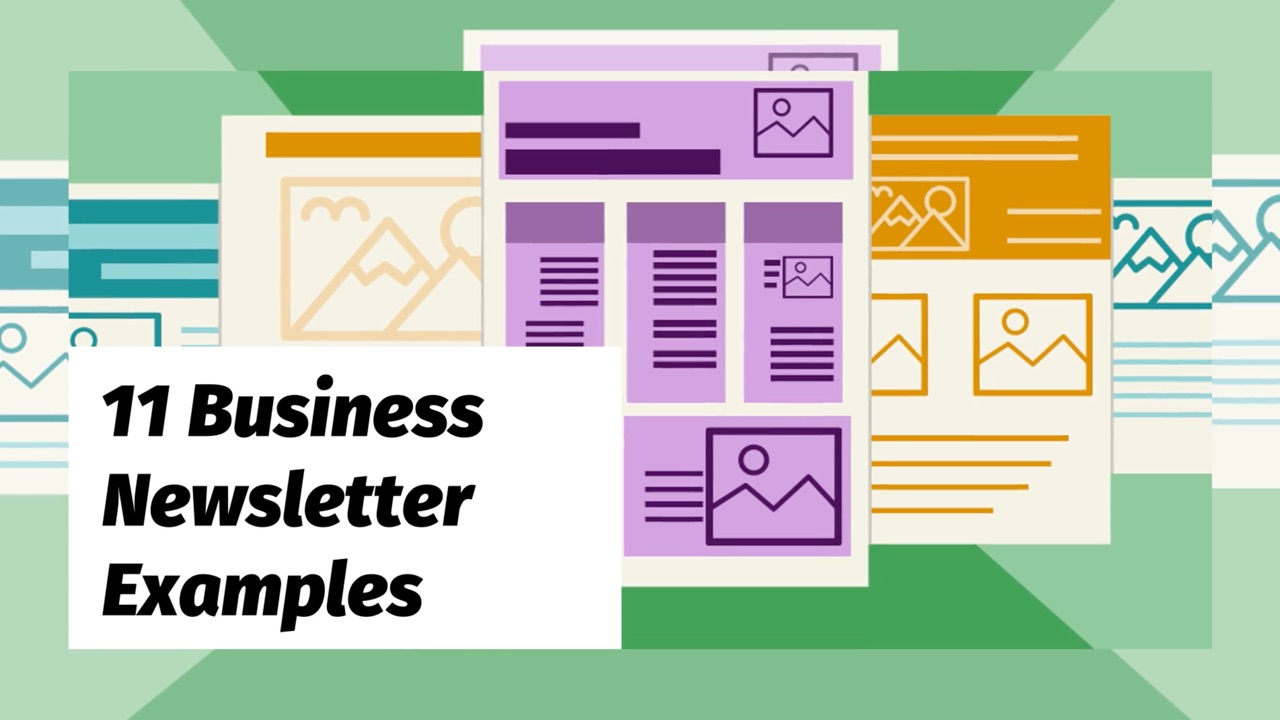Podcasts aren’t just background noise anymore—they’ve become one of the most powerful ways to connect with an audience and build a brand people trust.
With millions listening each week, a well-produced podcast can position your business as a voice worth tuning in to.
Whether you’re already recording or just thinking about it, knowing how to use podcasting strategically can help you expand your reach, strengthen loyalty, and turn listeners into advocates.
In this post, you’ll learn how to:
- Understand your audience and create content that genuinely resonates
- Craft engaging episodes that tell stories and build connection
- Set up your tech for clean, professional-sounding audio
- Promote your podcast to grow a loyal listener base
- Monetize your efforts through sponsorships, products, or premium content
- Measure success and make data-driven improvements
If you’re ready to amplify your message and give your brand a stronger voice, let’s dive in. 🎙️
1. Understand Your Audience
Before you hit record, it's crucial to know who will be listening.
Understanding your audience is the foundation of any successful podcast.
It shapes everything from your content to your marketing strategies and helps ensure that your podcast resonates with listeners.
Here’s how you can gain deep insights into your audience:
Define Your Ideal Listener
Utilize Audience Analytics Tools
Platforms like Apple Podcasts, Spotify, and Google Podcasts provide analytics that can tell you a lot about who’s tuning in and from where.
Look for trends in listener data over time to refine your approach.
Use this data to adjust your posting schedule and episode length based on when and how your audience prefers to listen.
Engage Directly and Gather Feedback
Segment Your Audience
Not all listeners are the same. Segment your audience based on their engagement level, interests, or feedback to tailor your content even more finely.
This can lead to higher satisfaction and more consistent listenership.
Understanding your audience isn’t a one-time task.
It’s an ongoing process that should influence every episode you produce.
The more you know, the better you can engage your listeners with content that matters to them.
By deeply understanding who your listeners are, you can craft a podcast that feels personal and relevant.
This not only increases listener retention but also turns casual listeners into loyal fans.
Ready to dive deeper into crafting content that captivates?
Let’s keep the dial tuned to success! 🎧💡
2. Craft Engaging Content
Creating content that resonates with your audience is the heart of podcasting.
It's what keeps listeners coming back for more and helps your podcast stand out in a crowded market.
Here are key strategies to ensure your podcast content not only engages but also captivates your audience:
Choose Relevant Topics
If your listeners are entrepreneurs, topics on startup strategies or funding might hit the mark.
Master Storytelling Techniques
Maintain a Consistent Theme
Authenticity and Passion
Engagement Boosters
Don’t underestimate the power of a well-placed pause.
Pauses can emphasize points and give listeners time to absorb the information, enhancing the overall listening experience.
Crafting content that engages your audience requires a mix of relevance, storytelling, consistency, authenticity, and interaction.
By focusing on these elements, you’ll not only attract listeners but also keep them eagerly awaiting your next episode.
Ready to up the ante on audio quality?
Let’s tune into the technical setup needed for crystal-clear sound. 🎙️✨
3. Setup Properly for Quality Sound
Ensuring your podcast has clear, professional-quality sound is non-negotiable.
Poor audio can turn listeners away, no matter how compelling your content is.
Here's how to set up your podcast for audio success:
Invest in the Right Equipment
Recording Environment
Editing Software
Software like Audacity (free) or Adobe Audition (paid) offers a range of features for editing your recordings.
Familiarize yourself with cutting unwanted sections, balancing audio levels, and applying noise reduction.
Consistent Audio Levels
Use a limiter or compressor in your editing software to ensure your volume levels are consistent throughout the episode.
Enhance with Music and Effects
Set the tone and reinforce your brand identity with consistent intro and outro music.
Use sound effects sparingly to enhance storytelling without distracting from the content.
Regularly test different setups and positions to find what works best for your specific environment.
Sometimes, minor adjustments can significantly improve sound quality.
Investing time in learning and upgrading your setup can make a huge difference in how professional your podcast sounds.
By prioritizing the quality of your sound, you ensure that your content is heard exactly as intended.
Remember, in podcasting, your voice is your most powerful tool—make it shine!
Ready to shout about your podcast from the rooftops?
Let's dive into effective promotion strategies next. 📢🎧
4. Use Effective Podcast Promotion Strategies
Once your podcast is up and running with engaging content and stellar sound quality, the next step is to get the word out.
Effective promotion is key to growing your listener base and enhancing your brand's reach.
Here are proven strategies to effectively market your podcast:
Leverage Social Media
Utilize SEO for Podcasts
Incorporate relevant keywords into your episode titles and descriptions to boost your visibility in search results and podcast directories.
Additionally, publish detailed show notes on your website with links to resources mentioned in the episode, enhancing SEO and providing additional value to listeners.
Cross-Promotions with Other Podcasters
Invite guests from other podcasts and ask to be featured on theirs.
This mutual exchange benefits both parties by tapping into each other's audiences.
Try also collaborating on special episodes or promotions. This can spark interest among listeners from both audiences.
Email Marketing
Encourage listeners to sign up for your email list at the end of each episode.
Provide updates, additional content, or exclusive previews to keep them engaged.
Use a friendly, conversational tone in your emails to strengthen connections with your audience.
Advertising and Sponsorships
Encourage Reviews and Ratings
At the end of each episode, encourage listeners to leave a rating and review.
Positive feedback will improve your podcast’s ranking and attract new listeners.
And show appreciation for the feedback you receive by responding to reviews.
This interaction can foster a loyal listener base.
Consistency is key!
Regularly promote your podcast through various channels.
Keep your audience engaged with fresh, relevant content and maintain a steady presence on social media.
By implementing these strategies, you can significantly increase your podcast's visibility and listener engagement.
Remember, successful promotion is about being proactive and creative—mix and match these tactics to find what works best for your brand.
Ready to turn your podcast into a profitable venture?
Let's explore monetization strategies next! 💰🎙️
5. Monetize Your Podcast
Turning your podcast into a profitable venture is both an exciting and practical move to sustain your efforts.
Here are some effective strategies to monetize your podcast and enhance your brand's financial growth:
Sponsorships and Advertising
Target relevant brands by identifying companies whose products or services align with your podcast's theme and audience.
Pitch personalized sponsorship deals that highlight the value of your listener base.
Also, use technology to insert ads into your episodes dynamically, allowing you to monetize older episodes continuously.
When discussing sponsorship details, emphasize your podcast's engagement rates and niche audience, as these are often more valuable to sponsors than just listener numbers.
Listener Donations and Crowdfunding
Selling Merchandise
Create and sell merchandise such as t-shirts, mugs, or stickers that feature your podcast logo or popular catchphrases from your show.
Set up an online store on your website or platforms like Shopify to handle sales and distribution.
This can also drive traffic to your website, boosting your overall online presence.
Exclusive Content
Affiliate Marketing
If you recommend products or services, use affiliate links and receive a commission for purchases made through those links.
Always disclose affiliate relationships to your audience to maintain transparency and trust.
Workshops and Consulting
If your podcast covers specialized topics, consider offering workshops, webinars, or consulting services.
This not only monetizes your skills but also enhances your authority in the field.
Always remind listeners of ways they can support your podcast.
Whether it’s subscribing, donating, or purchasing merchandise, a gentle call to action at the end of each episode can make a big difference.
Monetizing your podcast effectively requires a mix of creativity, marketing savvy, and engagement with your listeners.
By diversifying your revenue streams and providing value in multiple forms, you can turn your passion for podcasting into a profitable brand-building tool.
Ready to measure the success of your efforts?
Let's explore how to track and analyze your podcast's performance next! 📈💼
Think of each episode as both a value driver and a lead‑gen tool. Link back to your offers, nurture listeners into your funnel and you’ll convert audience into customers.Click To Post On6. Measure Performance and Iterate
Once your podcast is live and you've implemented strategies for content creation, promotion, and monetization, the next crucial step is to measure its success.
Understanding how to track and analyze your podcast's performance not only helps you gauge its impact but also informs strategic decisions for future content and growth efforts.
Here’s how to effectively measure the success of your podcast:
Download and Listener Statistics
- Total downloads—this is a basic yet critical metric. Track the number of downloads each episode receives to gauge its popularity.
- Unique listeners—understanding how many unique listeners your podcast attracts can help you assess its reach beyond recurring listeners.
Engagement Metrics
Audience Growth
- Subscriber numbers—track how many new subscribers you gain after each episode to see if your podcast is growing its listener base.
- Growth rate—analyze the rate at which your podcast gains new listeners and subscribers to measure its momentum.
Feedback and Interaction
Financial Metrics
- Revenue from monetization—track revenue streams from advertisements, sponsorships, merchandise, and listener donations to measure financial success.
- ROI—calculate the return on investment for any marketing or production costs to understand the profitability of your podcast.
Utilize a dashboard tool like Podtrac or Chartable to consolidate all these metrics in one place, making it easier to analyze trends and make informed decisions.
Regularly reviewing these metrics allows you to adapt and evolve your podcast to better meet the needs and preferences of your audience, ensuring sustained growth and success.
By diligently monitoring these key performance indicators, you can turn data into actionable insights that propel your podcast forward.
Remember, the goal isn't just to collect data, but to understand and use it to continually refine and improve your podcasting strategy.
Ready to recap and take your first step towards podcasting success?
Let’s wrap up with some final thoughts and a strong call to action! 🚀🎧
Frequently Asked Questions
How can I understand my podcast audience?
Define your ideal listener's demographics, utilize audience analytics tools, engage directly with feedback, and segment your audience to tailor content effectively.
What are effective strategies for crafting engaging podcast content?
Choose relevant topics, master storytelling techniques, maintain a consistent theme, ensure authenticity and passion, and include engagement boosters like calls to action.
How can I ensure my podcast has professional-quality sound?
Invest in quality microphones and headphones, record in a quiet space, use editing software for sound quality, and enhance with music and effects.
What are some effective podcast promotion strategies?
Leverage social media, utilize SEO, engage in cross-promotions, employ email marketing, explore advertising and sponsorships, and encourage listener reviews and ratings.
How can I monetize my podcast?
Explore sponsorships, listener donations, selling merchandise, offering exclusive content, affiliate marketing, and providing workshops or consulting services.
To Conclude
Podcasting gives your brand a voice your audience can connect with on a personal level.
You’ve seen how to:
- Understand your listeners and craft content that resonates
- Produce high-quality audio that reflects your professionalism
- Promote your episodes effectively and grow your reach
- Monetize your efforts and measure what’s working
Keep your focus on creating genuine value for listeners, stay consistent, and refine as you go.
With the right mix of creativity and strategy, your podcast can become a powerful extension of your brand—one that informs, inspires, and builds lasting trust.
Now it’s time to hit record and share your story. 🎙️







